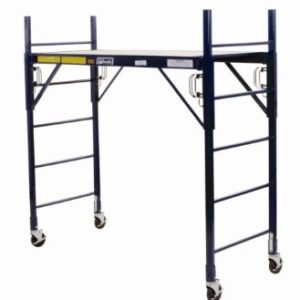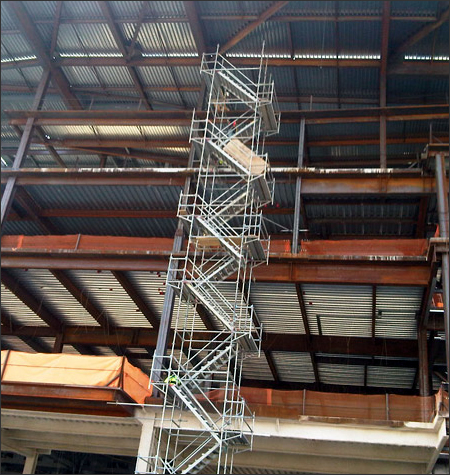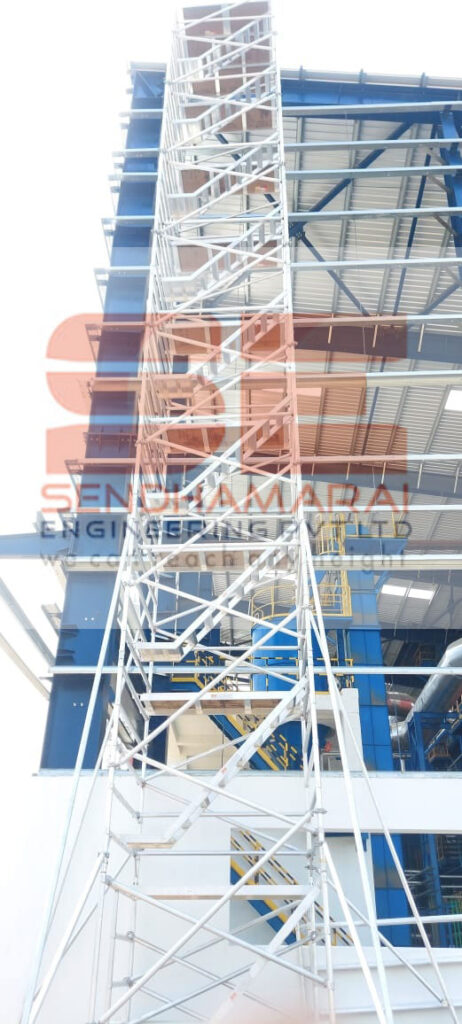Advanced Scaffold Innovation: Structure the Future
Eco-Friendly Scaffolding: Lasting Practices in Building =======================================================
Embracing environmentally friendly scaffolding in building lowers environmental influence, promotes sustainability, and offers affordable options for firms. Lasting products like bamboo and reused steel boost durability and lower energy consumption in the long-term. Waste minimization approaches through recycling initiatives and eco-friendly structure strategies reduced ecological impacts. Energy-efficient remedies integrating eco-friendly resources and smart technology optimize power use. In addition, these techniques enhance safety and security by decreasing dangerous products and advertising cleaner work environments. Discover more about the importance of lasting techniques in building for a greener and safer sector.

Importance of Eco-Friendly Scaffolding
In modern building methods, the importance of using eco-friendly scaffolding can not be emphasized sufficient. When considering the environmental impact of construction tasks, selecting environmentally friendly scaffolding services is important. Not only does green scaffolding help in reducing the carbon footprint of building and construction jobs, yet it also decreases waste generation and advertises sustainability.
Among the essential advantages of eco-friendly scaffolding is that it provides cost-effective solutions for construction business. While preliminary expenses might be slightly greater than standard scaffolding alternatives, the lasting financial savings and benefits exceed the upfront expenditures. Green scaffolding systems are created to be multiple-use, sturdy, and simple to set up and dismantle, resulting in lowered labor prices and boosted effectiveness on building and construction websites.
Lasting Materials for Scaffolding
Making use of lasting materials for scaffolding is a pivotal element of promoting ecological awareness in building tasks. When selecting materials for scaffolding, selecting environmentally friendly choices can considerably lower the ecological impact of construction tasks. Two essential lasting products frequently used in scaffolding are bamboo scaffolding and recycled steel frameworks. https://claphamscaffolding.co.uk/index.html
 * Bamboo scaffolding: Bamboo is a renewable energy that grows swiftly and is extremely strong, making it a prominent option for scaffolding in several parts of the world.
* Bamboo scaffolding: Bamboo is a renewable energy that grows swiftly and is extremely strong, making it a prominent option for scaffolding in several parts of the world.
Recycled steel frameworks: Utilizing recycled steel for scaffolding aids decrease the demand for new steel production, lowering power usage and greenhouse gas exhausts.
Toughness: Sustainable materials like bamboo and reused steel are understood for their resilience, guaranteeing the security and stability of the scaffolding structure throughout the construction process.
Cost-effectiveness: While at first, some lasting materials might have a greater in advance cost, their long-lasting benefits commonly surpass this first financial investment, making them an affordable choice in the building and construction market.
Waste Reduction Techniques
Efficient monitoring of excess products in building jobs is vital for lowering environmental influence and advertising sustainability. Recycling campaigns play a crucial function in waste minimization techniques within the building market. By executing recycling programs on building websites, products such as wood, steel, concrete, and plastics can be diverted from landfills and repurposed for future usage. Eco-friendly structure strategies further add to waste reduction by concentrating on utilizing lasting products that generate less waste during construction and demolition processes.
Integrating prefabrication and modular construction techniques can likewise help lessen waste by decreasing the quantity of excess products produced on-site. In addition, correct preparation and inventory monitoring can stop over-ordering products, causing less waste and cost financial savings. By embracing an all natural strategy to waste minimization via reusing campaigns and environment-friendly building techniques, building and construction jobs can substantially reduce their ecological footprint and relocate towards an extra sustainable future.
Energy-Efficient Scaffolding Solutions
One innovative method to boosting sustainability in building jobs entails including energy-efficient scaffolding remedies. When considering energy-efficient scaffolding, it is crucial to focus on energy conserving style and execute eco-friendly building and construction techniques. These strategies not only decrease the environmental impact of building jobs however likewise result in long-term cost savings.
Here are 4 bottom lines to remember:
Use of renewable energy sources: Integrating solar panels or wind generators into scaffolding structures can aid harness renewable resource to power devices and tools on-site, lowering the reliance on typical energy resources.
Energy-efficient lights: Carrying out LED illumination systems on scaffolding can substantially lower power intake compared to standard illumination approaches, adding to general power financial savings.
Smart modern technology integration: Making use of sensors and automation systems can maximize power use by adjusting lighting and devices operation based upon actual requirements, better improving energy performance.
Recyclable products: Choosing scaffolding products that are recyclable at the end of their life-span promotes a round economic situation and reduces the environmental impact of building tasks.
Safety Advantages of Eco-Friendly Practices
Enhancing safety criteria via the fostering of eco-friendly methods in building and construction jobs is vital for prioritizing the health of employees and the setting. By implementing environmentally friendly and environment-friendly techniques, building and construction sites can enjoy countless security advantages. One considerable advantage is the reduction of hazardous materials and chemicals present in typical building techniques. This decreases wellness dangers for employees and stops prospective ecological contamination. Moreover, green methods typically entail making use of lasting products that are more secure to deal with and set up, reducing the probability of crashes and injuries on-site.
Another advantage of embracing environment-friendly techniques is the promo of a cleaner and extra orderly work environment. By integrating sustainable waste administration techniques and decreasing contamination, construction websites come to be much safer and healthier locations for employees. In addition, the focus on sustainability encourages correct training and implementation of security procedures, promoting a culture of understanding and responsibility among construction teams. Ultimately, the safety and security advantages of eco-friendly methods extend past individual projects, adding to an extra protected and sustainable construction market overall.
Frequently Asked Concerns
Can Eco-Friendly Scaffolding Be Made Use Of in All Types of Building Tasks, or Are There Limitations to Its Effectiveness?
While environmentally friendly scaffolding uses style versatility and can be made use of in numerous building and construction projects, restrictions may occur based on product resilience and the range of the project. Examining project usefulness and contemplating ecological effect are crucial aspects.
How Do the Expenses of Sustainable Products for Scaffolding Contrast to Conventional Products?
Expense contrast between lasting and conventional products in scaffolding is necessary for recognizing their financial viability. While eco-friendly choices might originally seem more expensive, the long-term advantages of lowered environmental influence and possible price savings gradually need to be taken into consideration.
Are There Any Type Of Specific Laws or Certifications That Building And Construction Companies Need to Adhere to When Applying Waste Minimization Techniques?
Regulatory demands and certification criteria play vital functions in waste reduction techniques for construction companies. Conformity with environmental policies and acquiring relevant certifications guarantees adherence to lasting techniques, promoting environment-friendly operations and demonstrating dedication to liable building methods.
What Are the Long-Term Environmental Advantages of Utilizing Energy-Efficient Scaffolding Solutions?
Making use of energy-efficient scaffolding solutions provides lasting environmental benefits by reducing carbon discharges, preserving sources, and advertising sustainability. These remedies not only improve energy financial savings however likewise add to a cleaner, greener building industry.
Exist Any Instance Research Studies or Real-Life Instances That Showcase the Success of Applying Eco-Friendly Scaffolding Practices in Building Projects?
Case studies and real-life examples give tangible evidence of the success of executing eco-friendly scaffolding practices in building projects. These instances display the positive effect on the atmosphere, worker security, and long-term sustainability objectives.
Conclusion
In summary, the fostering of eco-friendly scaffolding methods in building is crucial for promoting sustainability, lessening waste, and enhancing safety and security.
By utilizing lasting products, implementing waste minimization methods, and going with energy-efficient solutions, construction tasks can considerably lower their ecological effect. https://claphamscaffolding.co.uk
It is crucial for the building and construction industry to focus on environmentally friendly practices to ensure lasting sustainability and ecological obligation.
